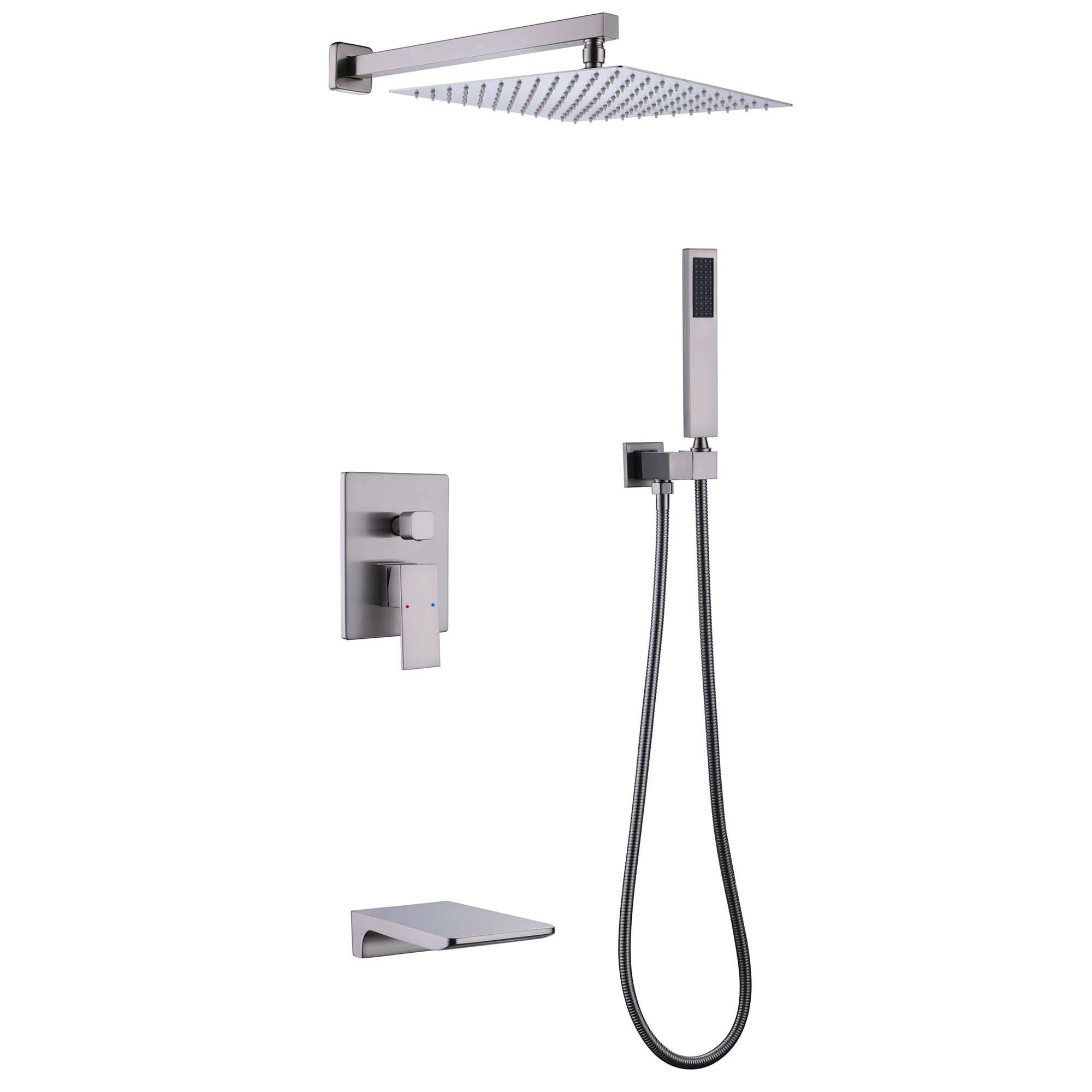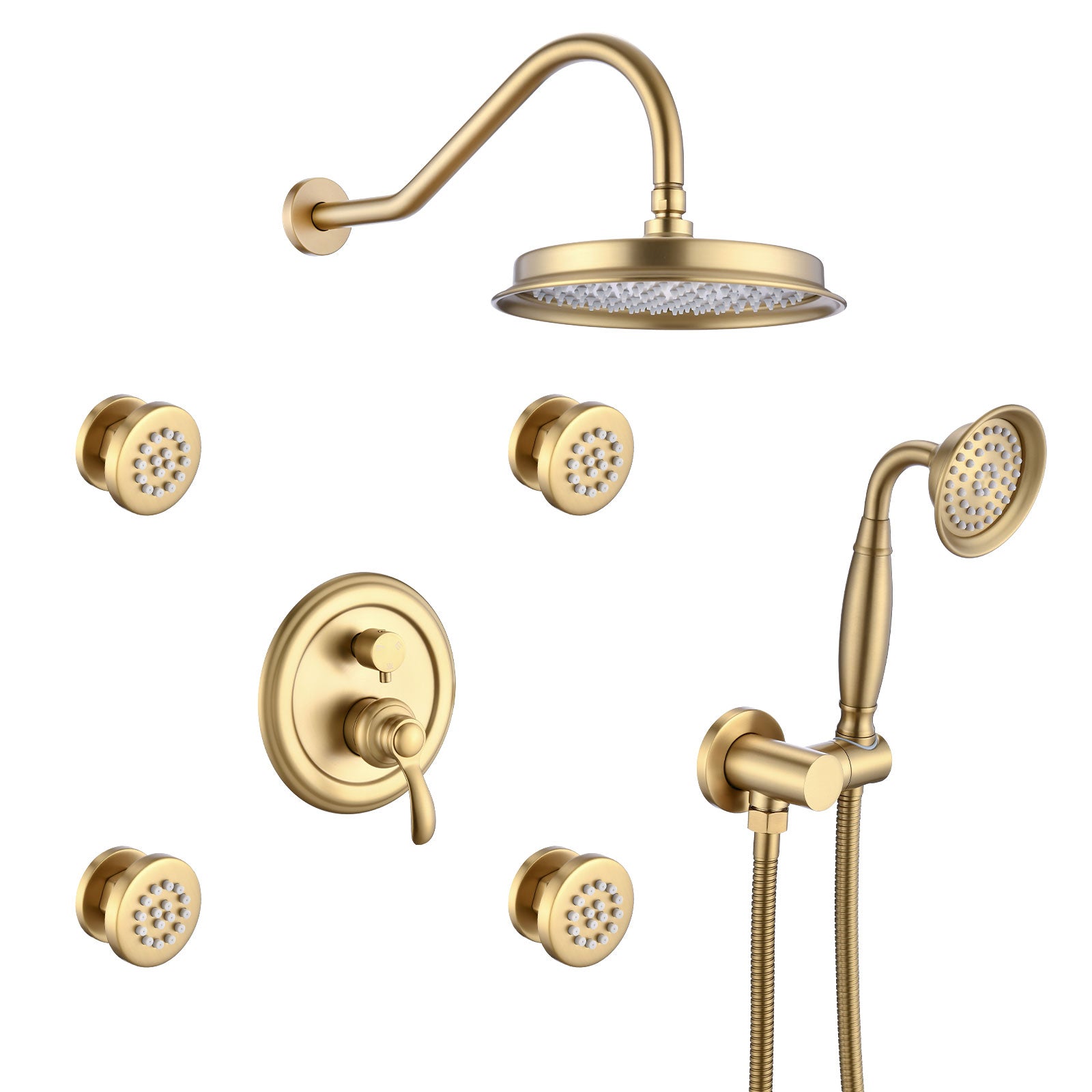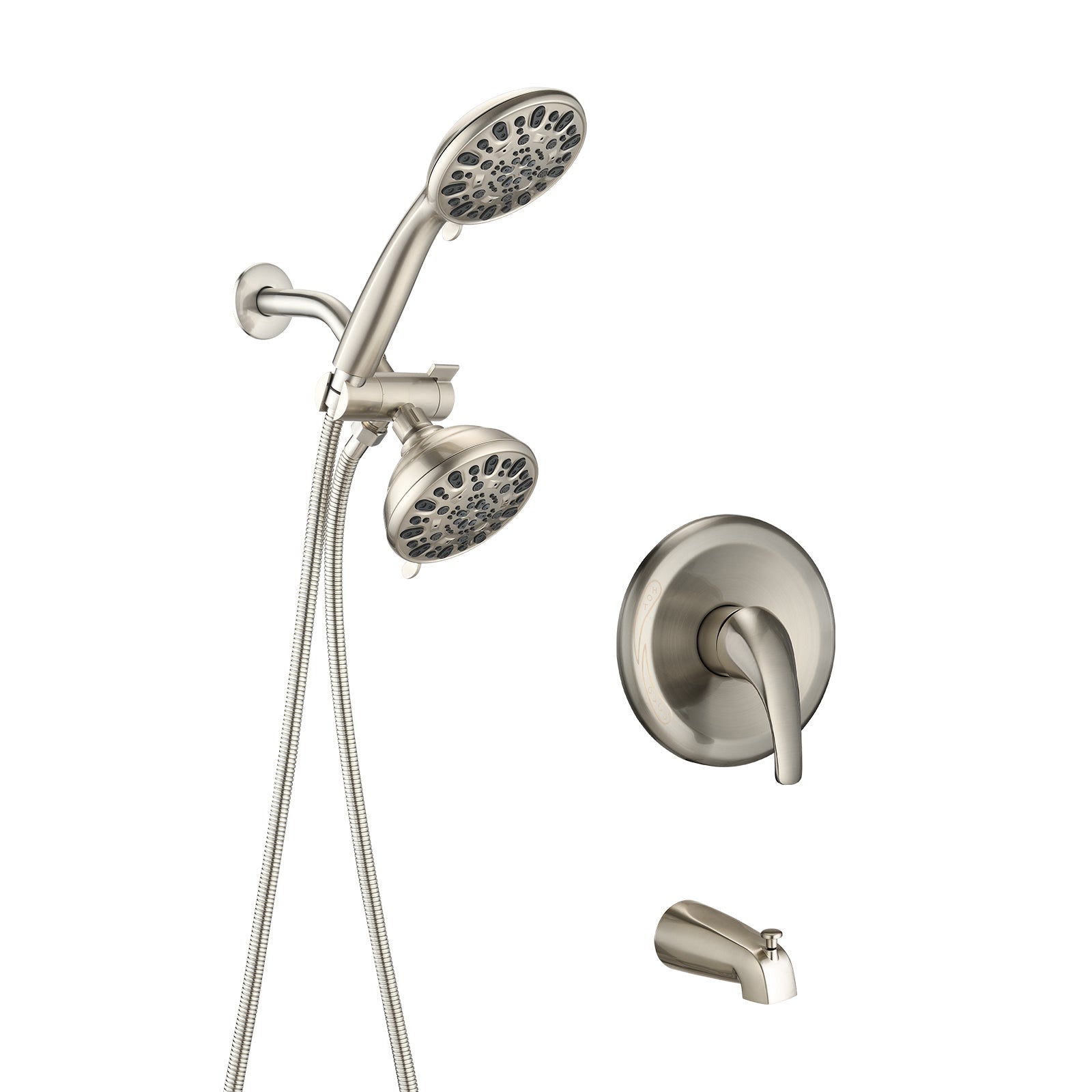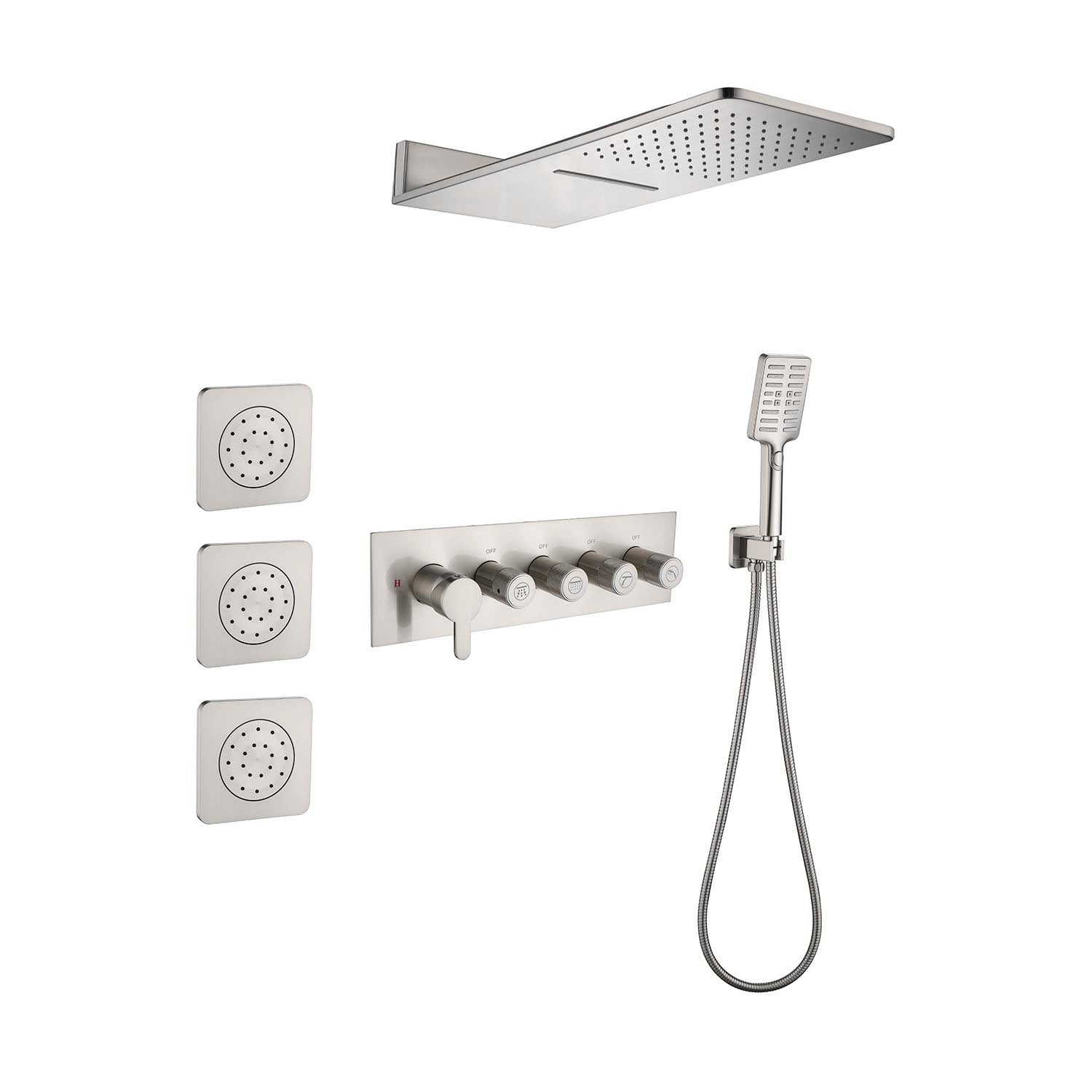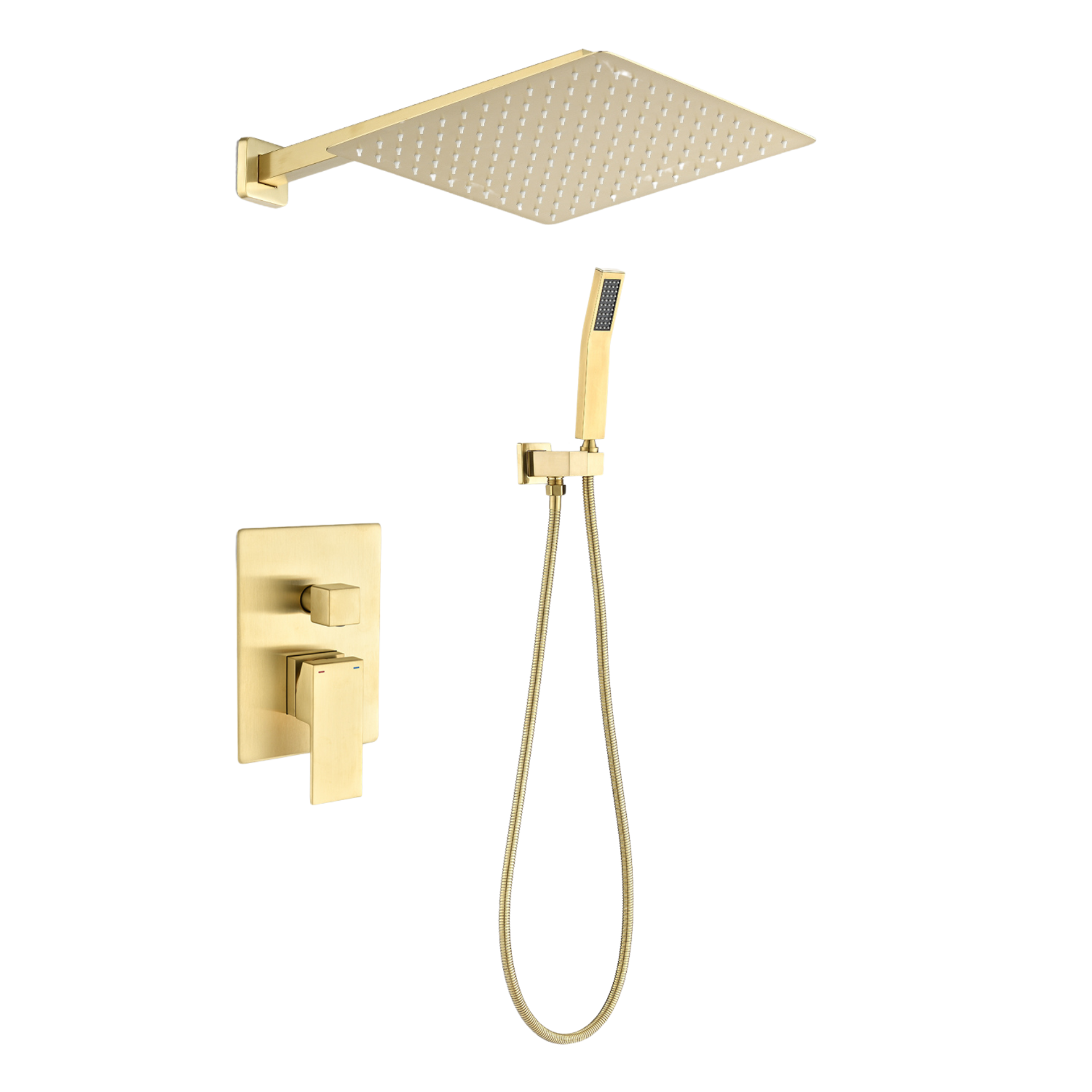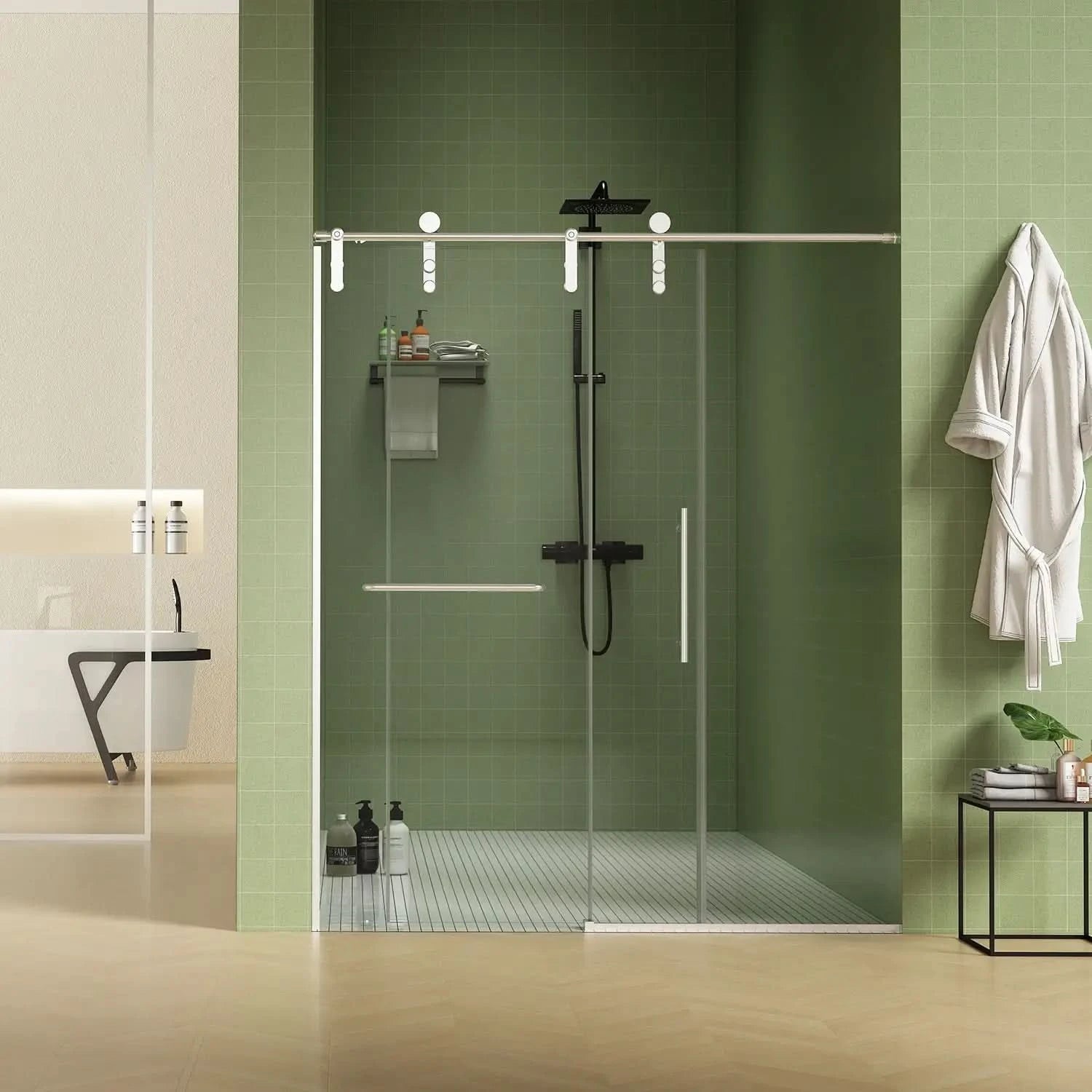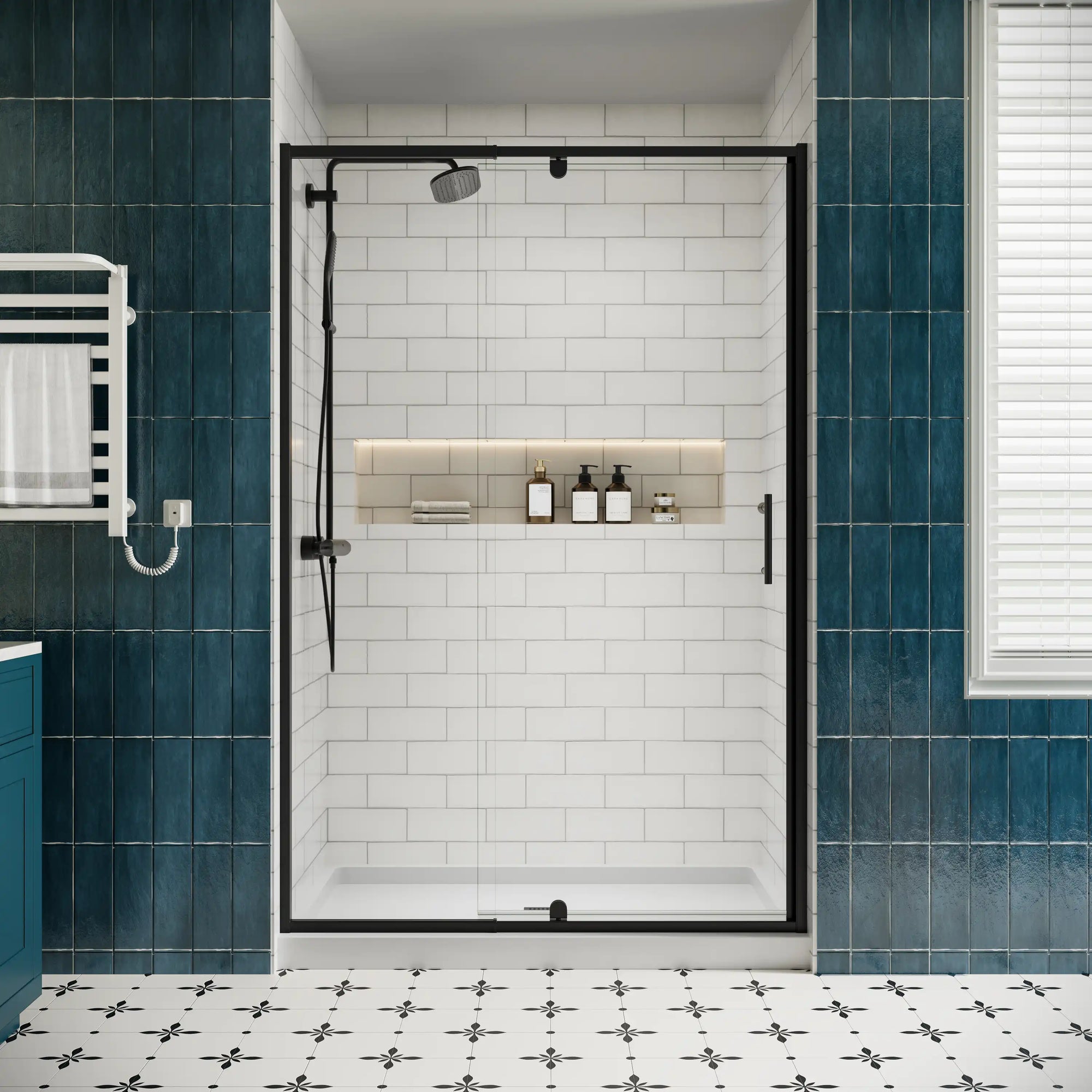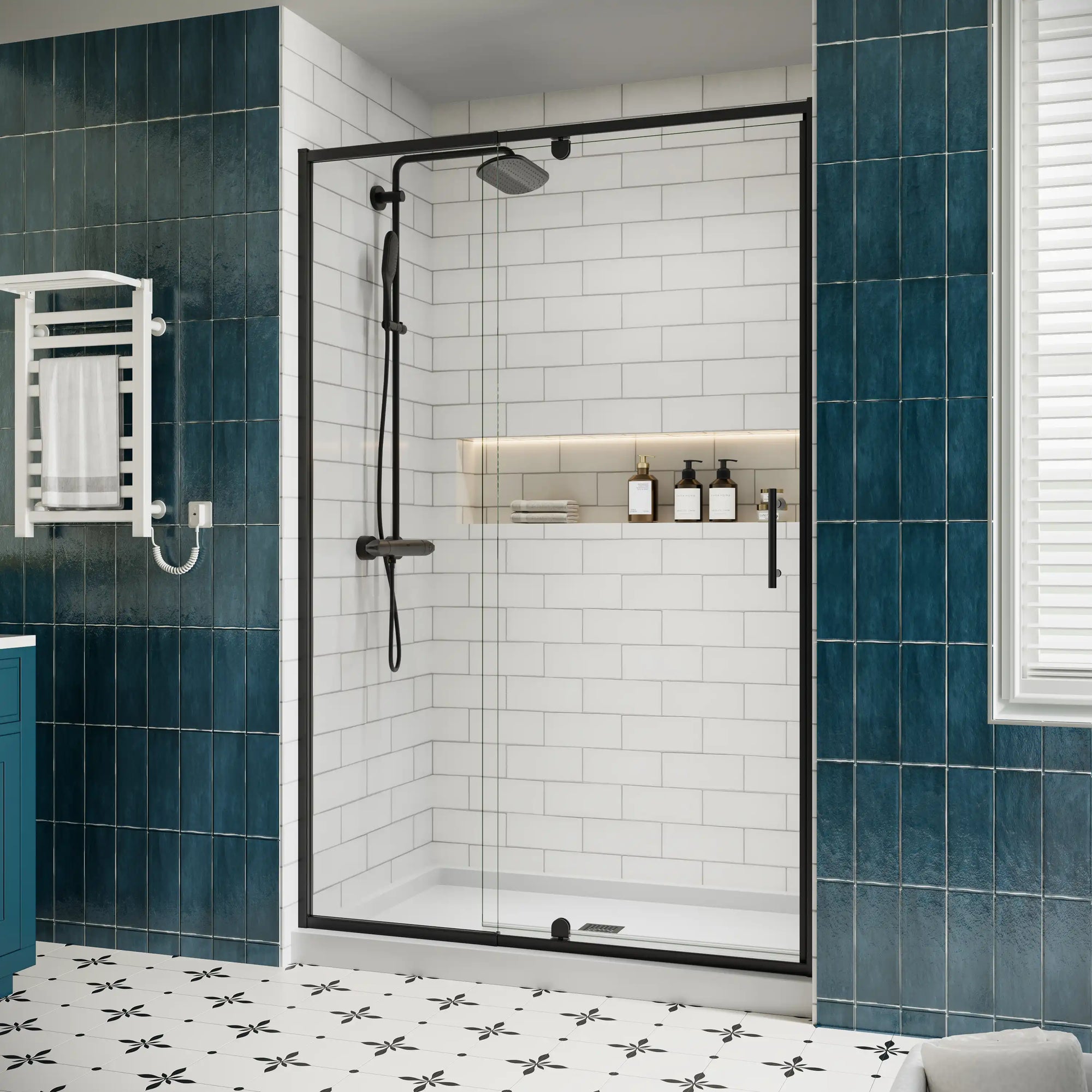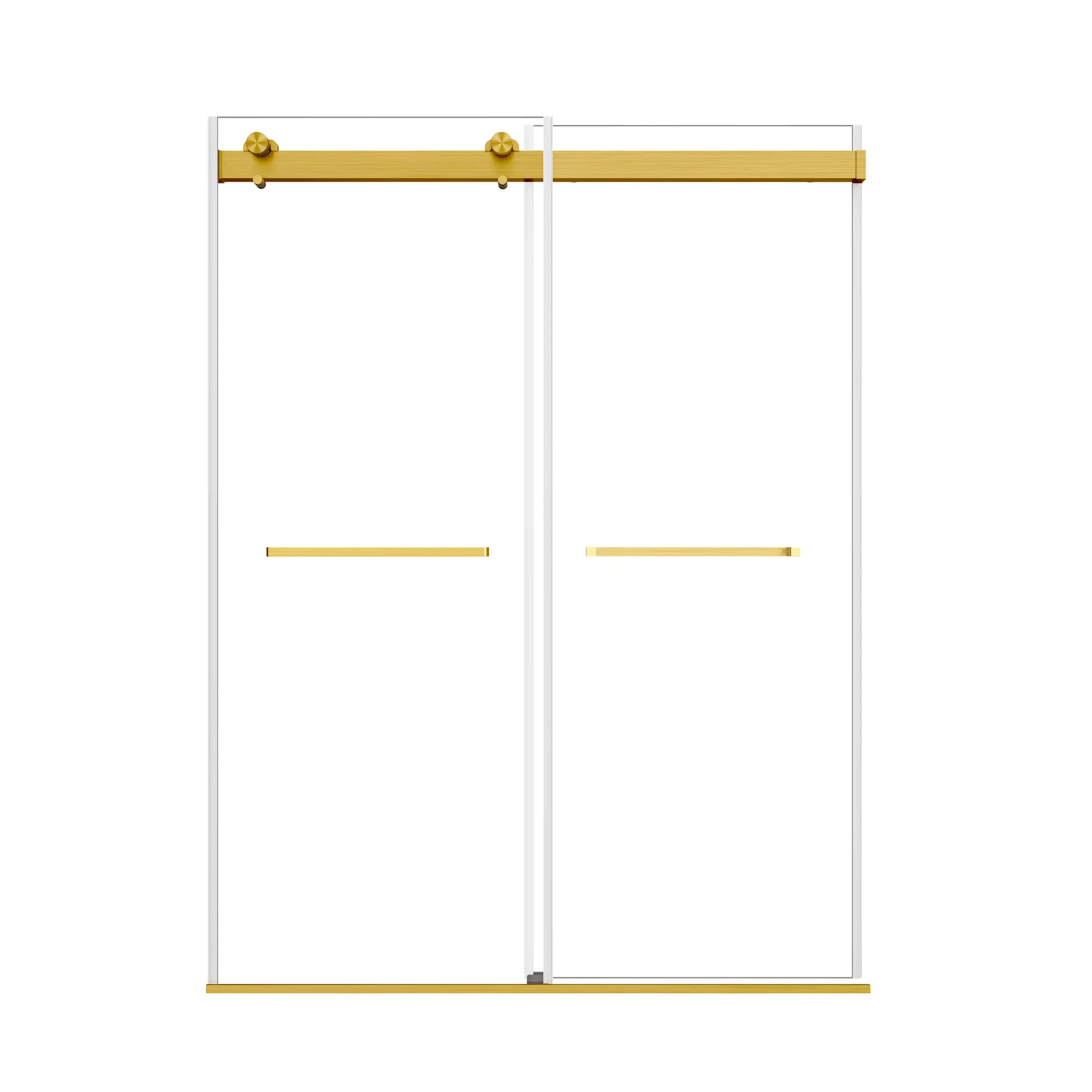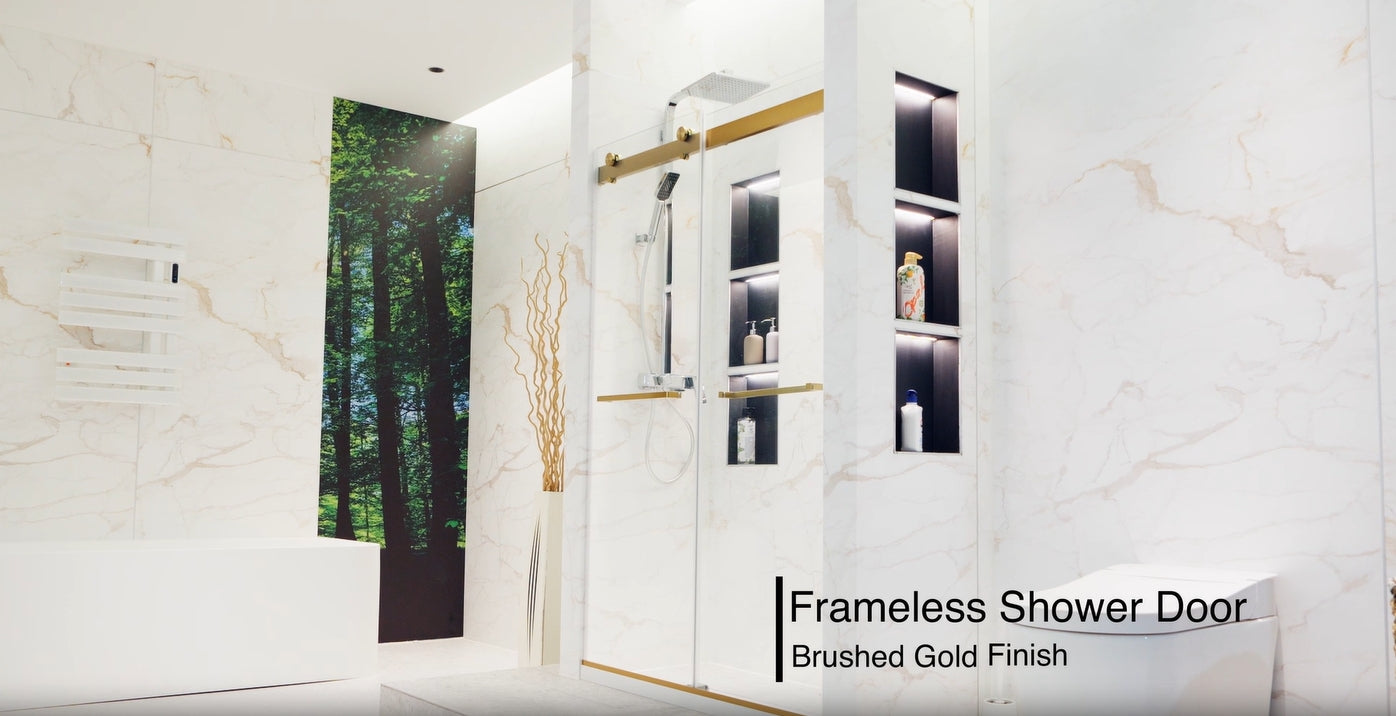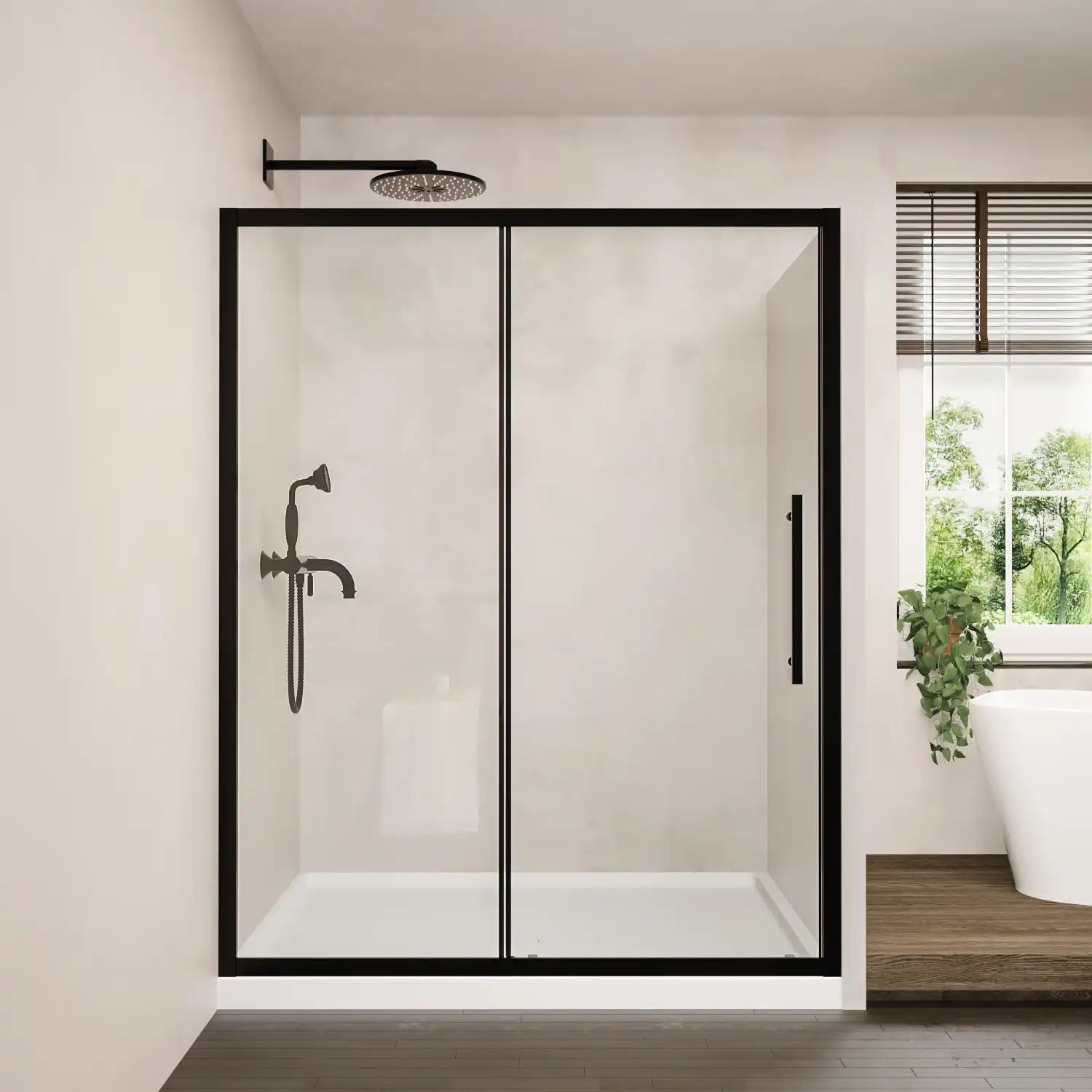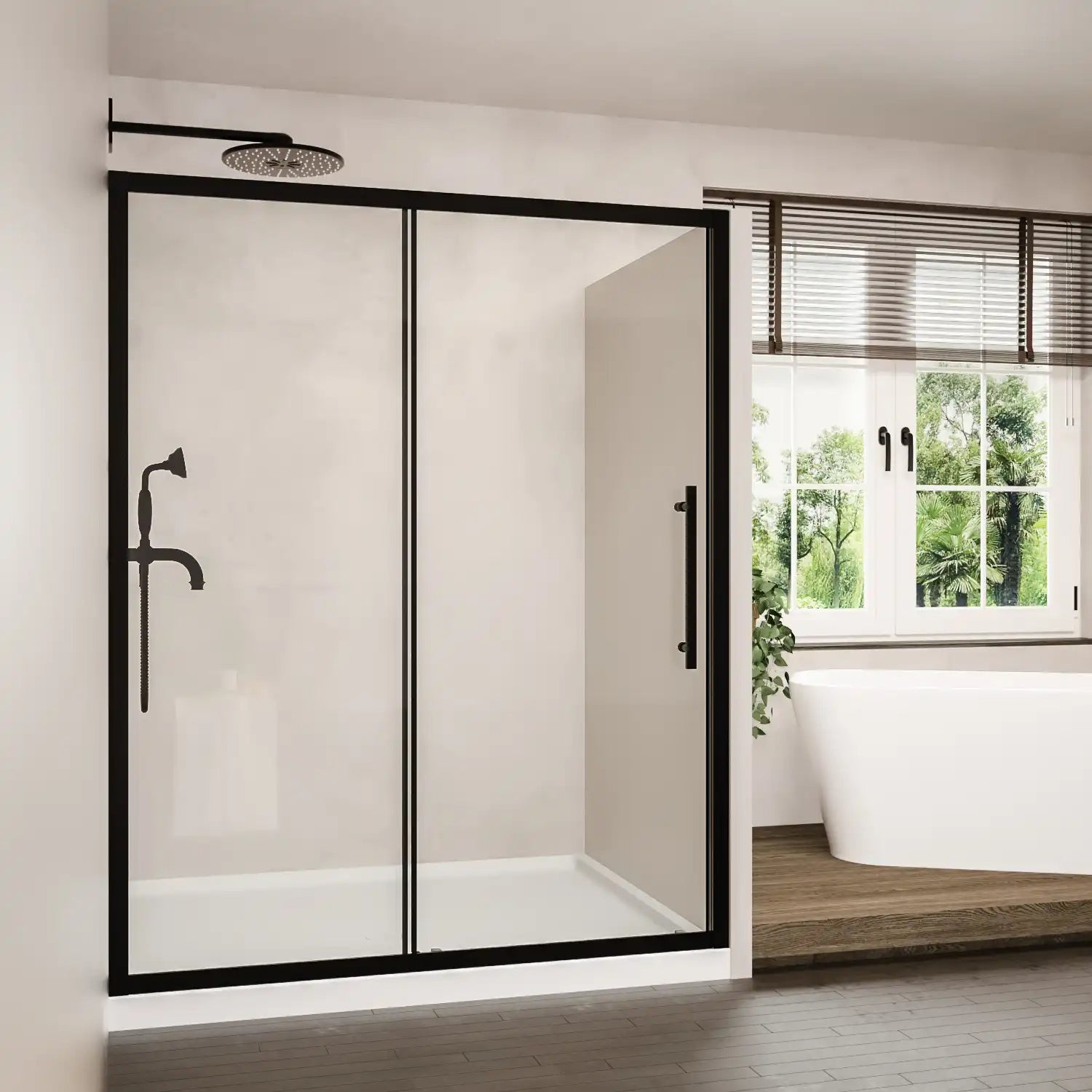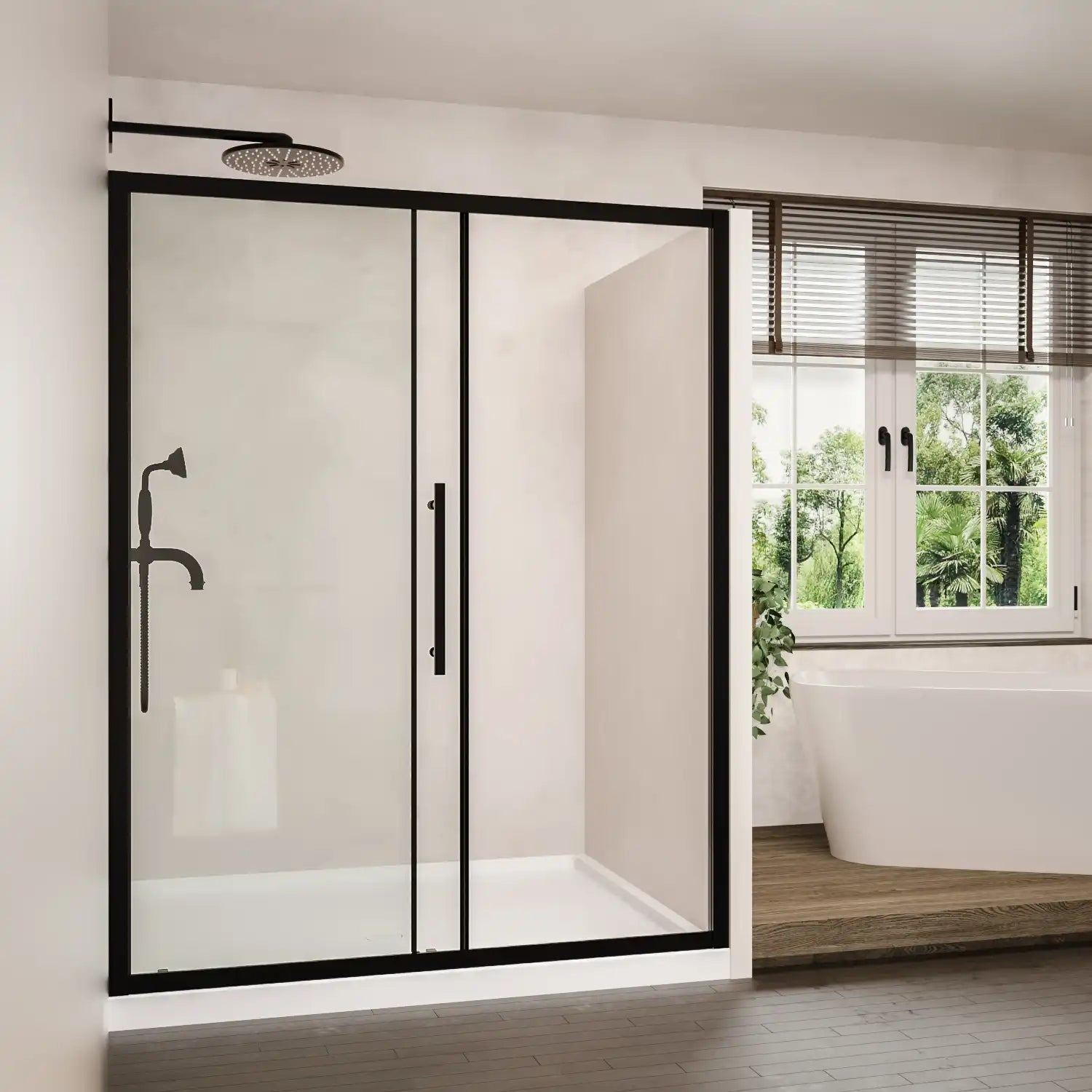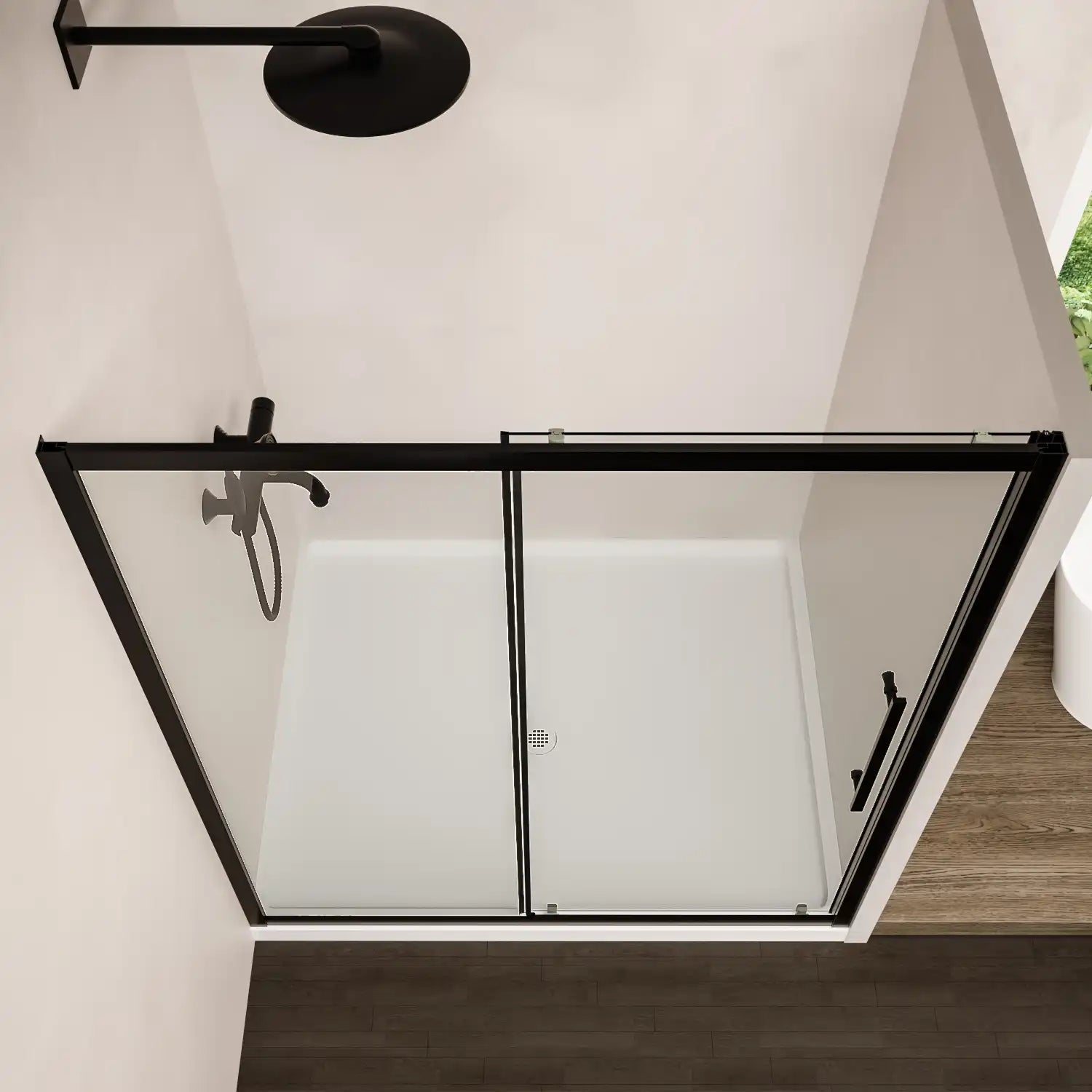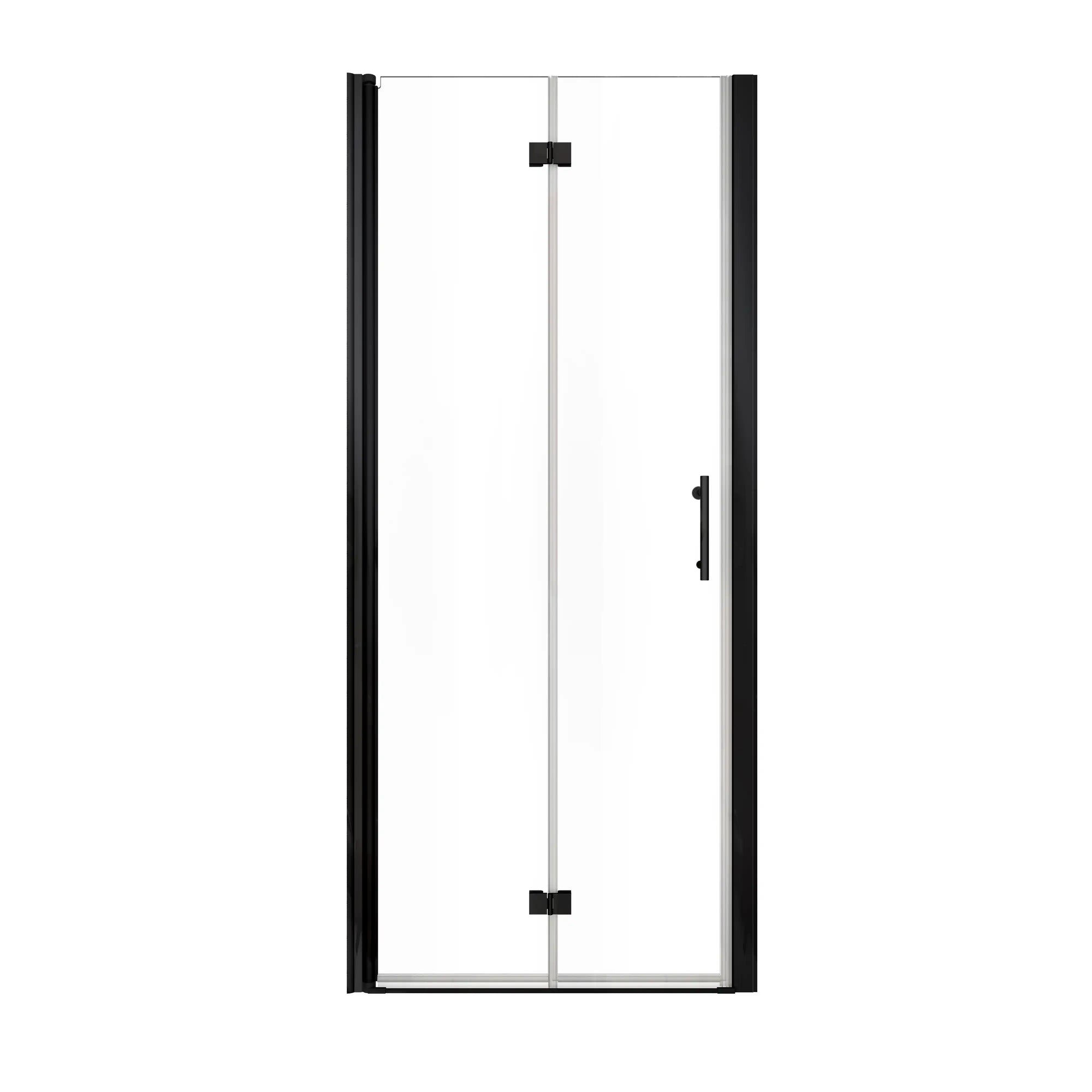Table of Contents
- 1. Why Choose Shower Plants?
- 2. 5 Questions to Consider Before Choosing Shower Plants
- 3. Seven Recommended Shower Plants
- 4. How to Hang Plants Safely and Beautifully
- 5. Low-Maintenance Care Tips for Shower Plants
- 6. Style Pairing Ideas with Shower Plants
- 7. Conclusion
- 8. FAQ
- 9. Related Articles
Introduction
True luxury in a bathroom is not about how big the bathtub is or how expensive the washbasin is, but whether you can truly relax and feel healed while washing. For middle and high-end consumers who pursue quality of life, the bathroom has evolved from a functional area to an emotional healing space. And shower plants are precisely that touch of green that connects nature and the soul.
Hanging shower plants in the bathroom space not only purifies the air and regulates humidity, but also gives the space a “breathing” texture. Unlike scented candles or stone decorations, shower plants are alive. They quietly grow between water vapor and light, becoming the softest and most eye-catching detail in your home.
Of course, choosing the wrong plant or using the wrong hanging method may turn all this into a “high-humidity disaster zone.” In this guide, you’ll learn how to choose, arrange, and care for shower plants from the perspectives of aesthetics, functionality, maintenance, and safety—so your bathroom can truly come alive.

Why Choose Shower Plants?
Shower plants are more than just visual enhancements; they offer practical benefits like air purification and humidity regulation, while also providing a soothing, natural ambiance. Recent surveys in home design (e.g., Houzz U.S. Bathroom Trends Study) show that a growing number of high-income households are actively adding plant life to their bathrooms—and shower plants are leading the trend.
Plants help neutralize odors, release oxygen, and soften the hardness of tiles and metal through organic textures and color. When integrated into the shower zone, shower plants thrive on the warm moisture, don’t occupy floor space, and add a luxurious, spa-like feel. For anyone with an eye for refined detail, they are a simple yet meaningful upgrade.
5 Questions to Consider Before Choosing Shower Plants
Before investing in your green oasis, ask yourself these practical questions to avoid costly mistakes with your shower plants.
1. Does your bathroom get natural light?
Even low-light-tolerant shower plants like Snake Plant and ZZ Plant require at least indirect light to survive. If your bathroom is windowless, consider using LED grow lights to supplement.
2. Is higher humidity always better for plants?
High humidity is ideal for many tropical shower plants, but constant root saturation is not. Be sure to choose pots with drainage or try hydroponic solutions to keep roots healthy.
3. Is your space too small for plants?
Not at all. Even compact bathrooms can accommodate shower plants with smart use of hanging baskets, wall-mounted jars, or suction cup hooks. Choose lightweight, elegant trailing plants like Pothos or String of Pearls.
4. Are your plants safe for pets or kids?
Not all shower plants are pet-friendly. Peace Lily and Snake Plant can be mildly toxic. For families with curious pets or toddlers, Spider Plant or Boston Fern are safer options.
5. Do you have time to care for live plants?
If not, don’t worry—opt for low-maintenance shower plants like Pothos or ZZ Plant. Pair them with self-watering planters and ceramic drip devices. You can also mix in high-quality faux plants with botanical sprays for a maintenance-free solution.

Seven Recommended Shower Plants
Whether you're a plant parent or a first-time green decor explorer, the following shower plants are ideal for bathrooms thanks to their humidity tolerance, beauty, and ease of care.
Eucalyptus
Hang fresh or dried eucalyptus bundles from your showerhead. The steam releases natural essential oils that soothe your senses. Though often non-living, eucalyptus is one of the most popular shower plants for its low-maintenance nature and spa-like aroma.
Pothos (Epipremnum aureum)
Almost impossible to kill, Pothos is perfect for beginners. These adaptable shower plants can grow in soil or water and flourish in low light. Use a glass container or ceramic planter to elevate the aesthetic.
Spider Plant (Chlorophytum comosum)
Known for air-purifying properties and easy care, Spider Plants thrive in humid spots and look great on high shelves or in hanging baskets. They’re safe for pets and children—perfect for family-friendly bathrooms with shower plants.
Peace Lily
With its stunning white blooms and lush green leaves, the Peace Lily is ideal for those wanting decorative shower plants that also improve air quality. Just avoid overwatering by using breathable planters with drainage layers.
Boston Fern
The fluffy foliage of Boston Fern adds softness to structured spaces. These shower plants love moisture and benefit from automatic watering systems. Hang them in corners or from ceiling hooks for a cascading effect.
String of Pearls
Delicate and trailing, this plant creates visual drama. Though it needs brighter light, it's still one of the most sought-after shower plants for those looking to blend greenery with minimalist design.
Snake Plant (Sansevieria trifasciata)
Durable, drought-tolerant, and visually striking, Snake Plant is a go-to option for low-light or windowless bathrooms. However, it’s best placed out of reach if pets are around, as it can be mildly toxic.

How to Hang Plants Safely and Beautifully
The way you hang your shower plants matters as much as the plants themselves.
Choose the right hardware. Use stainless steel suction hooks, no-drill magnetic mounts, ceiling hooks, or curtain rod hangers depending on the weight and type of your shower plants.
Place them thoughtfully. Lightweight shower plants like Pothos or Spider Plant work well near windows or corners. Heavier plants like Boston Fern may need secure ceiling mounts. Drape Eucalyptus from the showerhead for instant aromatherapy.
Protect your surfaces. Use ceramic or plastic-lined hanging pots to prevent leaks. Avoid dripping water on metal fixtures or stone countertops, which may stain or corrode over time.
Low-Maintenance Care Tips for Shower Plants
Don’t let upkeep scare you away from enjoying shower plants. These smart solutions make maintenance almost effortless.
-
Ceramic drip systems provide steady hydration—just refill weekly.
-
Self-watering hanging pots reduce overwatering risks.
-
LED grow lights help simulate natural sunlight in dark bathrooms.
- Plant monitors sync with apps to track moisture, light, and temperature, giving you full control over your shower plants at all times.
These additions turn shower planting into a relaxing hobby, not a chore.
Style Pairing Ideas with Shower Plants
Shower plants are highly versatile and can complement a variety of interior styles.
- In modern bathrooms, use black matte hooks and sculptural Snake Plants to enhance clean lines.
- For Nordic-inspired spaces, hang Pothos in white ceramic planters for a soft, natural feel.
- If you lean Bohemian, combine woven hanging baskets with Boston Fern for a layered, wild look.
Ensure harmony between plant type, pot shape, and mounting material. A cohesive aesthetic makes the entire bathroom feel elevated.

Conclusion
A single, well-placed shower plant can transform your bathroom from sterile to serene. It's more than decoration—it’s a lifestyle marker. Whether it’s the calming scent of eucalyptus in the morning or the lush greenery greeting you at night, shower plants offer an easy and elegant way to reconnect with nature.
Ready to start your green bathroom transformation? Choose your favorite shower plants, find the perfect spot, and watch your space (and mood) grow.
FAQ
Q1: Will shower plants breed mold?
Not if properly ventilated. Use breathable pots with drainage and regularly check for moisture buildup on soil and leaves.
Q2: Can I hang multiple shower plants in one bathroom?
Absolutely. Just ensure they share similar light and humidity needs and aren’t overcrowded.
Q3: Will plant scents be overpowering in a small space?
Most shower plants have subtle scents. For example, eucalyptus has a more noticeable aroma. Test with a small bundle first if you’re sensitive.
Q4: What if my plant drops leaves often?
Some leaf shedding is natural. Excessive loss might indicate poor ventilation or overwatering—common issues for indoor shower plants.
Q5: Can shower plants survive if I travel often?
Yes, with a drip irrigation system or self-watering planter, shower plants can easily go a week or more without direct attention.
Related Articles:
Small Mirrored Medicine Cabinet: How to Make It Shine in Minimalist Bathrooms
Replacing Medicine Cabinet Mirror: A Step-by-Step Guide for Your Bathroom

